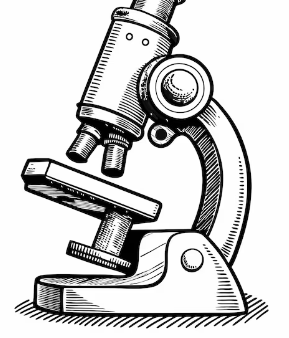Discover how this knowledge could Diagram:Anho9uz3aos= Microscope Labeled techniques…

The Diagram:Anho9uz3aos= Microscope Labeled serves as a crucial resource for understanding the fundamental components of a microscope, including the eyepiece, objective lenses, and illumination system. By providing a clear visual representation, it enables users to comprehend the interconnectivity of these elements and their roles in enhancing observational capabilities. This foundational knowledge not only supports academic endeavors but also paves the way for practical application in various scientific fields. What implications might this understanding have for future advancements in microscopy techniques?
Overview of Microscope Components
A microscope comprises several essential components, each playing a crucial role in magnifying and resolving fine details of specimens.
Understanding the different types of microscopes, such as optical and electron microscopes, is vital for effective usage.
Additionally, regular microscope maintenance ensures optimal performance, prolonging the lifespan of these intricate instruments and enabling researchers to explore the microscopic world with precision and clarity.
See also Dark:Jn3w-Usja60= Wallpaper is Cover How its Unique Patterns can Transform
Detailed Explanation of Parts
The primary components of a microscope include the eyepiece, objective lenses, stage, and light source, each contributing to the overall functionality and effectiveness of the instrument in specimen examination.
The eyepiece magnifies the image, while objective lenses vary in power and material composition for clarity.
The stage holds specimens securely, and the light source illuminates them, enhancing part functions critical for accurate observations.
Practical Applications of Microscopy
Utilizing microscopy enables researchers and professionals across various fields to analyze and understand biological, chemical, and material structures at a cellular and molecular level.
Its practical applications include medical diagnostics, where it aids in disease identification.
Additionally, it serves as educational tools that enhance learning, facilitating a deeper understanding of complex concepts.
Furthermore, microscopy plays a crucial role in research applications that drive scientific discovery, leading to advancements in various domains.
Lastly, in industrial inspection, microscopy ensures product quality and safety in manufacturing processes.
See also Find out what makes the Cute:J8kd5velco4= pet an irresistible companion that Ways.
Conclusion
In conclusion, the labeled diagram of the microscope serves as a crucial educational tool, akin to a roadmap for exploring the microscopic world.
By understanding the anatomy of a microscope, users can effectively leverage its components to achieve enhanced magnification and resolution.
This knowledge not only fosters practical skills in microscopy but also facilitates advancements in scientific research and diagnostics, ultimately contributing to the broader understanding of biological systems and materials at the microscopic level.




